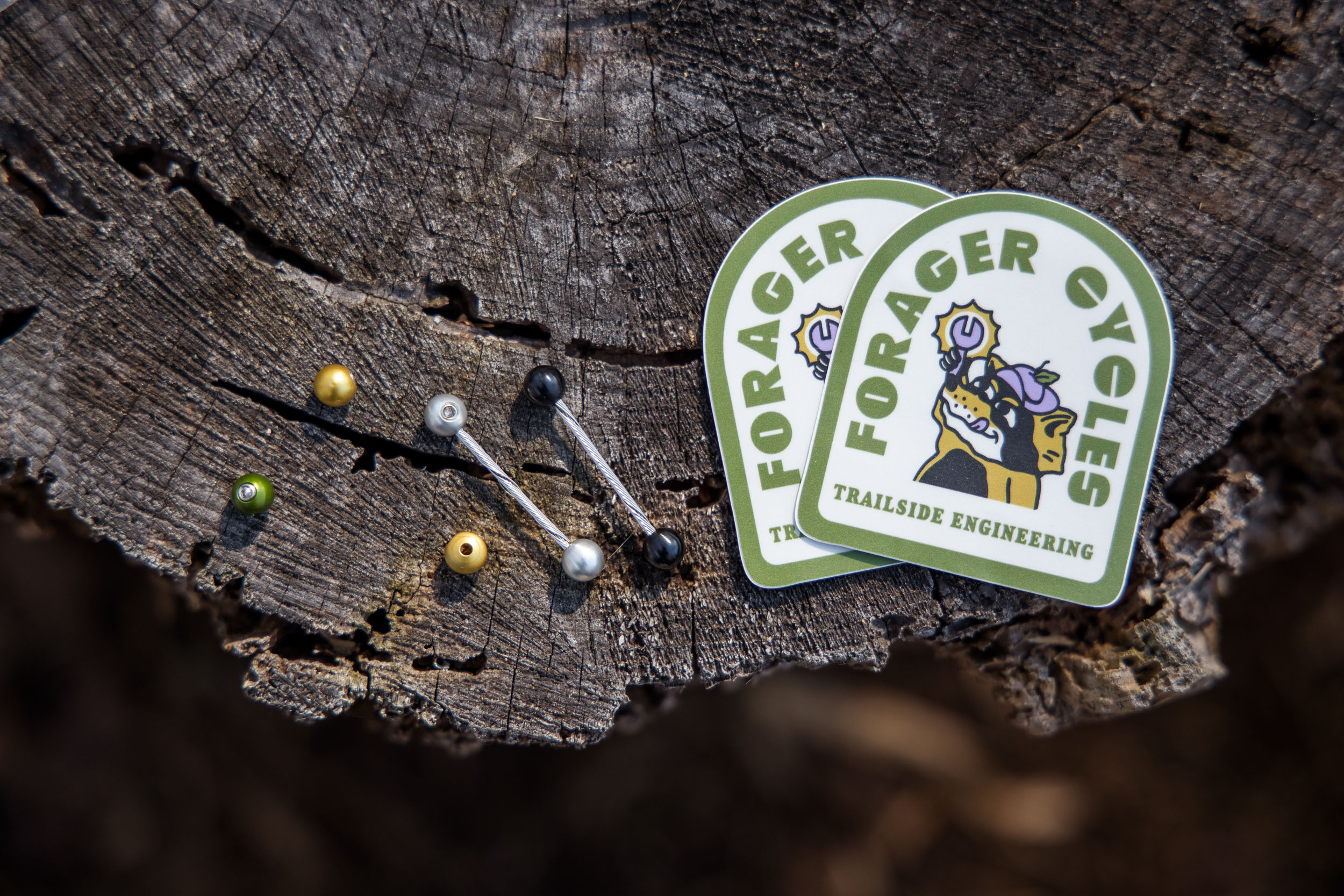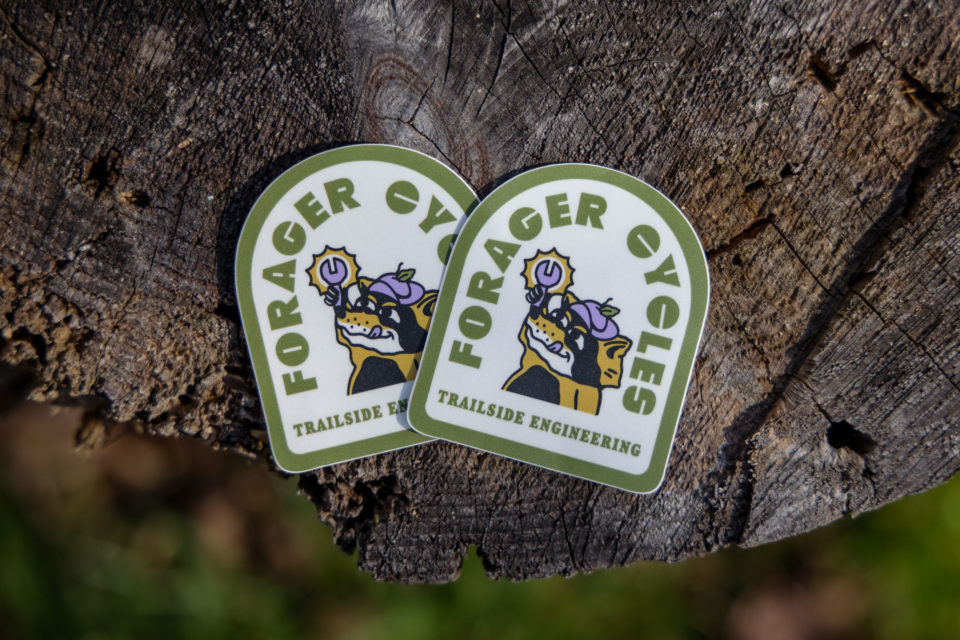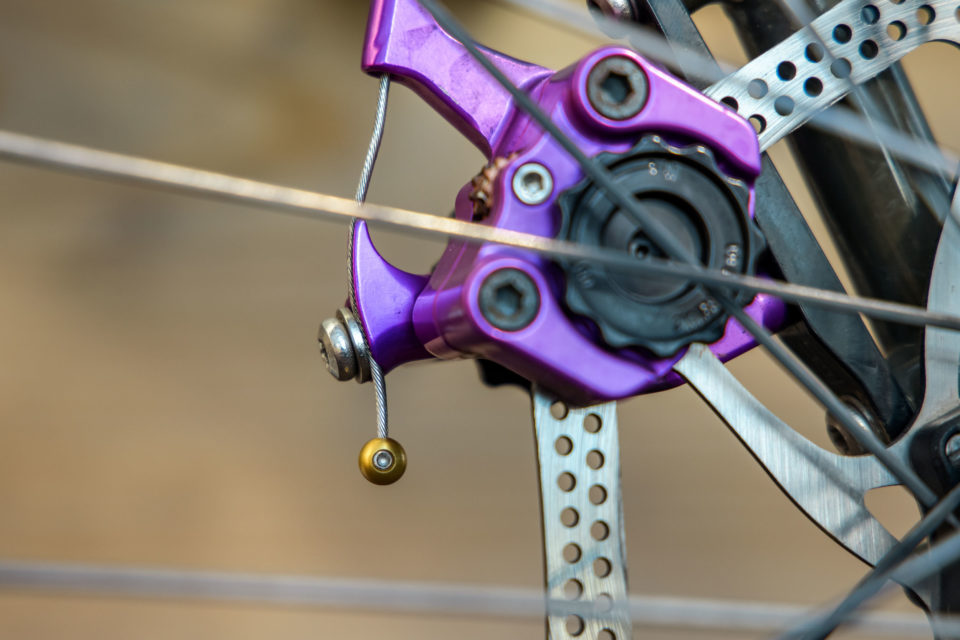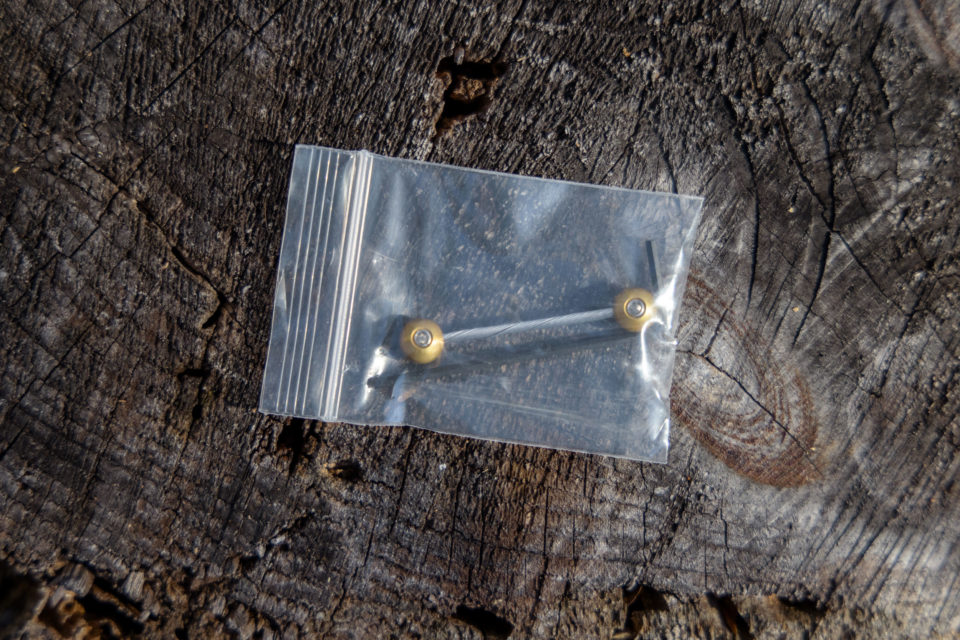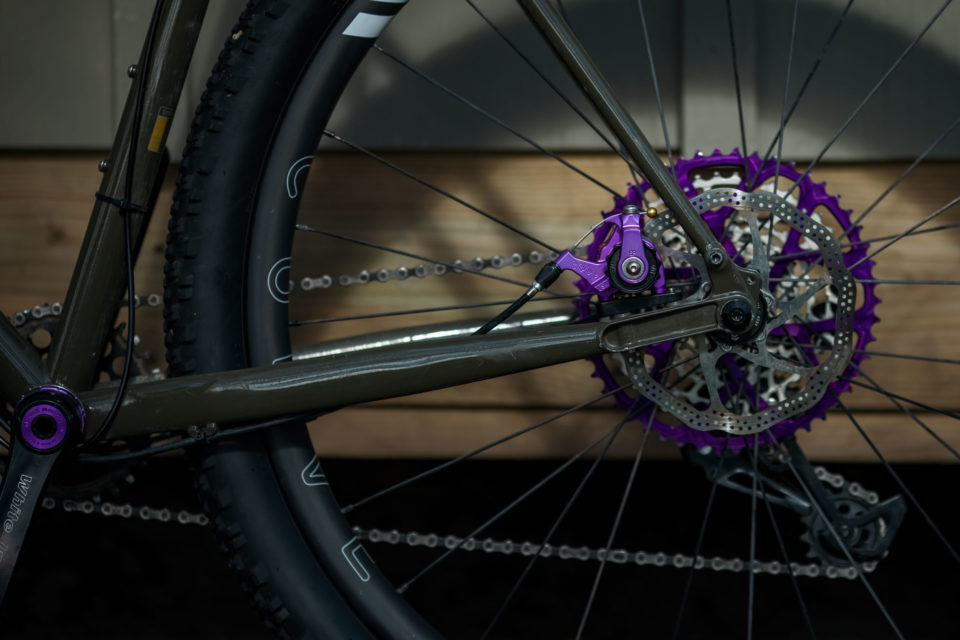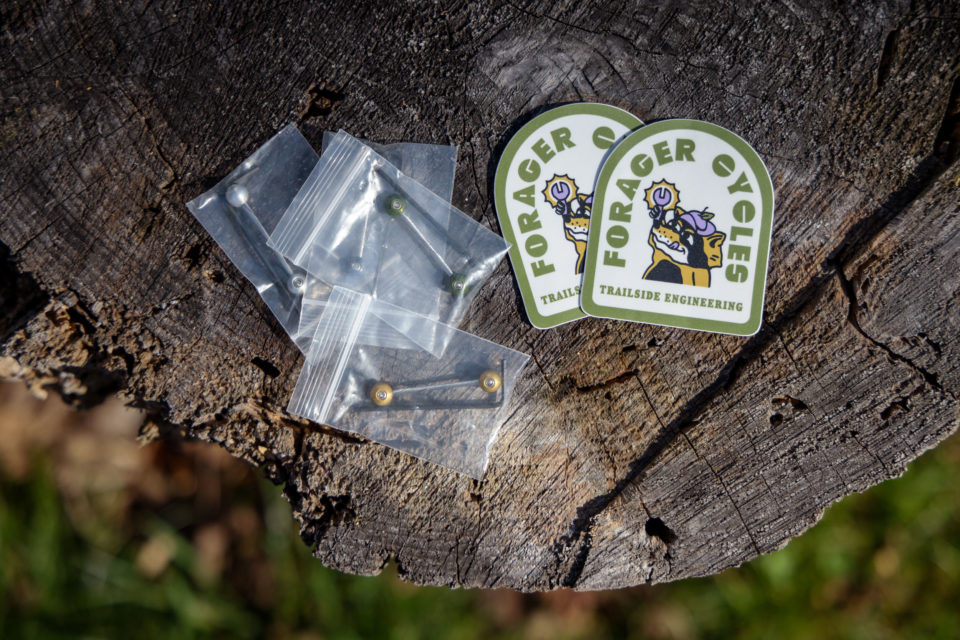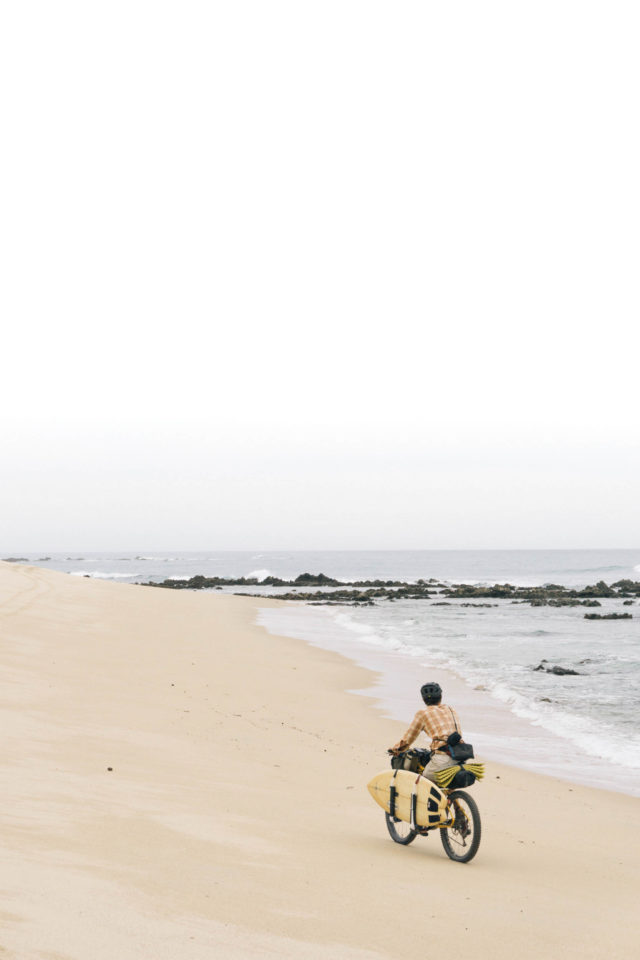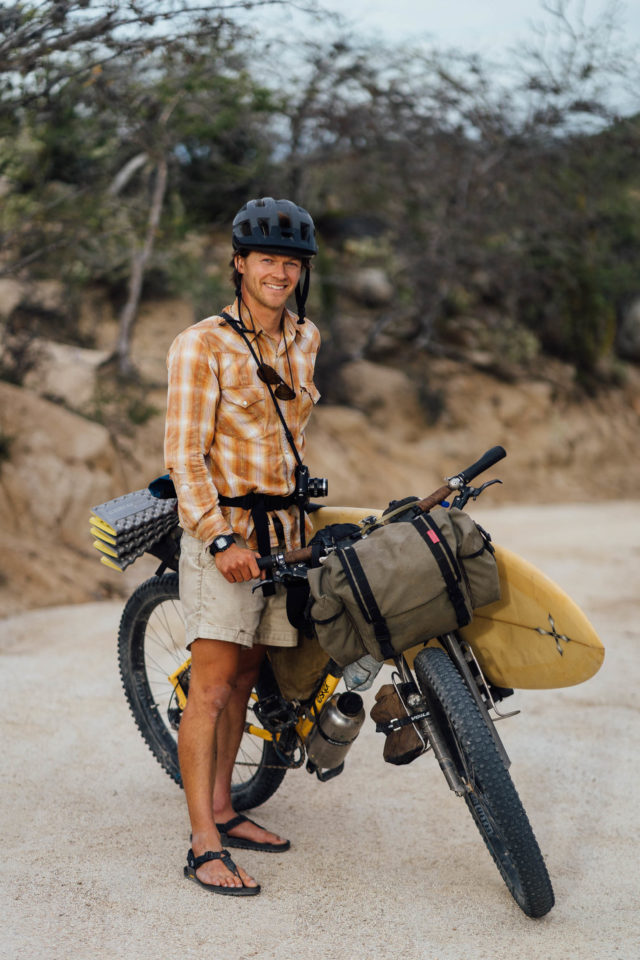Forager Cycles Cable Cherries: First Look
Bikepacking Journal contributor Dan Stranahan recently launched Forager Cycles and its flagship product, Cable Cherries, an elegant solution to replace those annoying crimps to keep the ends of derailleur and brake cables from fraying. We had the chance to try them out and ask Dan a few questions about how they came to be…
PUBLISHED Nov 19, 2020
Started by surf-packing adventure cyclist Dan Stranahan, Forager Cycles is a new bicycle component maker based in Port Townsend, Washington. Forager’s flagship product is an ingenious little part made to replace those pesky aluminum crimps that keep your cable ends from fraying. I’ve always been annoyed by those things, so when I heard about Forager’s new Cable Cherries, I was all ears. I had the chance to try out a pair and ask Dan a few questions about Forager and how Cable Cherries came to be. Read on for details.
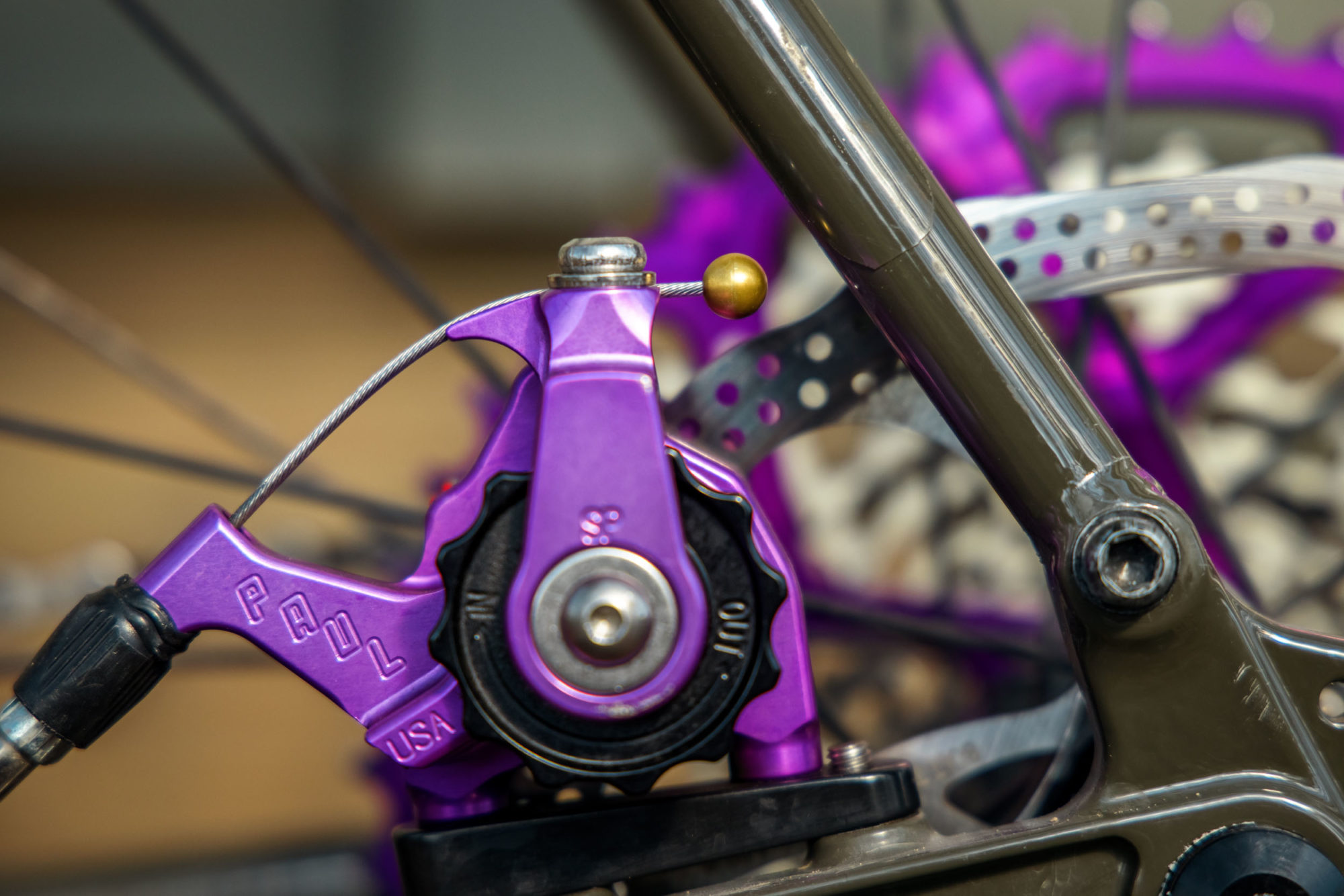
Measuring 7mm in diameter and weighing about one gram per pair, Cable Cherries are spherical aluminum cable ends that clamp onto the tails of brake or derailleur cables using a small set screw. Unlike the cable crimps of old, where you had to use a crimping tool or pliers to crush them onto the end of the cable, Cable Cherries are re-usable, making them ideal for cable changes on the go. They also come in four different colors so you can add a little bling to your bike, and they make it a little easier to grab the end of your cable for tension adjustments, which is particularly useful for cable-actuated brakes.
Patent pending Cable Cherries are machined from solid aluminum and come in three anodized colors (black, grey, or gold) or silver. Each has a 2mm wide by 6mm deep borehole for the cable end, and a threaded perpendicular hole that houses a 3mm long, cup point M3 stainless steel set screw. Each pair of Cable Cherries includes a 1.5mm Bondhus hex key that can be used to adjust the screw.

Tell us a little bit about how you got started with machining and engineering.
I grew up in rural Washington State, and have my parents to thank for instilling a strong ethic of building and/or fixing my toys. I’m very grateful for that! Later on in College I wanted to be an Industrial Design major, but my college didn’t offer that, so I took all the most Industrial Design oriented courses I could find. This was where I learned to use a mill and lathe, and dabble with Computer Aided Design. After college I worked seasonal odd jobs so I could go on long bike trips, but Covid changed all that. This past spring I found myself without a summer job as a bike tour guide, and lots of time on my hands and no real sense of when “normal” might return…So I’ve spent the last eight months or so working on Forager, hunting for tools on Craigslist and taking a full course load of manufacturing classes at the Community College.
How did you come up with the idea for Cable Cherries?
I got tired of working on my bike at home and running out of cable crimps. It felt wasteful to either order a bulk jar all for myself, or make a trip to the bike shop just for a few crimps. In March I was re-cabling my town bike, and the re-usable set screw idea came to mind. The sphere shape felt aesthetically pleasing on a variety of bikes, and it makes it much easier to hang on to the end of your cable for adjusting tension.
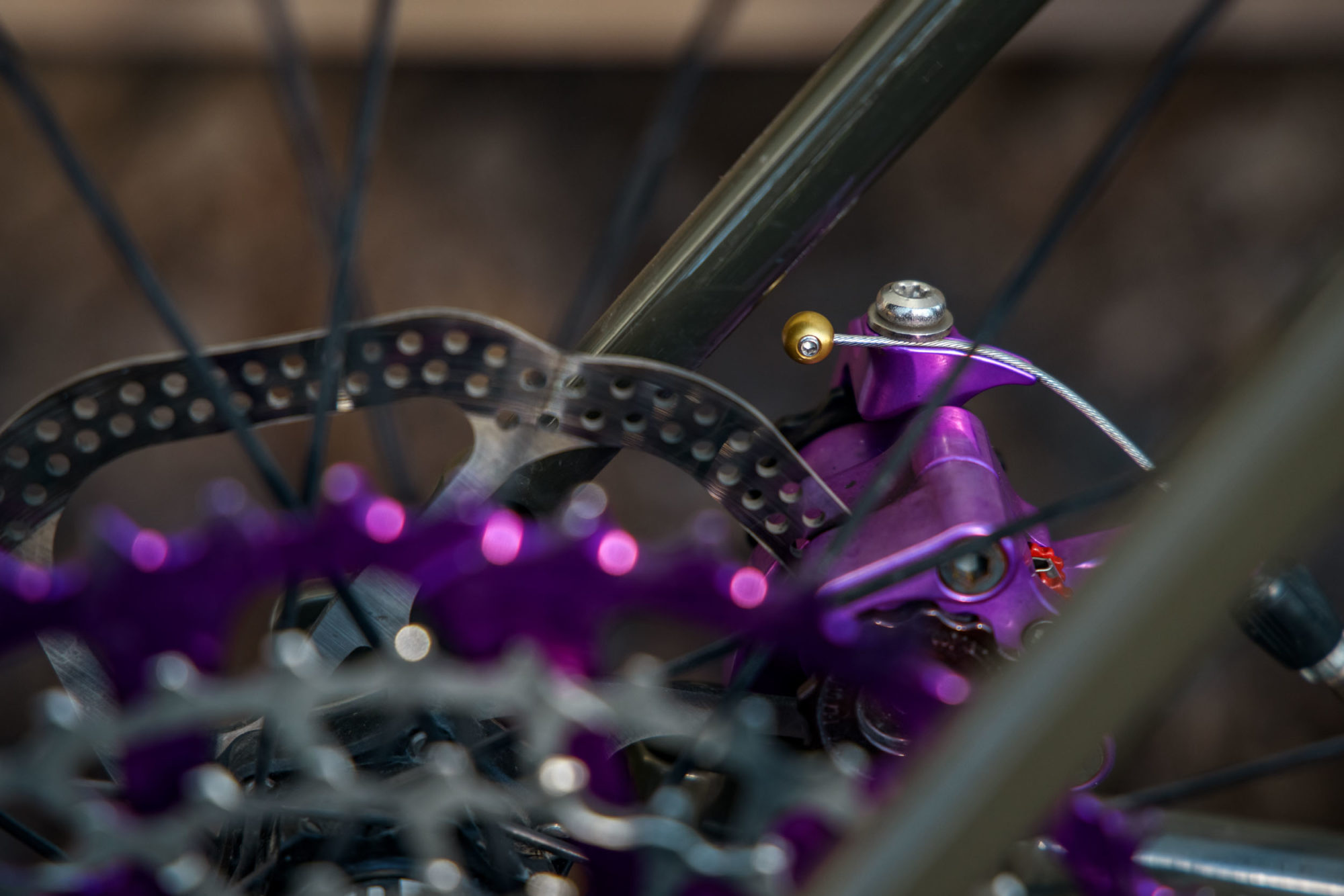
What can you tell us about how Cable Cherries are made?
They’re made in Chicago, by a small shop that specializes in Automatic or Swiss-type CNC Lathes. Swiss lathes are unique in that they automatically feed a piece of round bar stock through the lathe, and after each part has been machined at the end of the stock, it is cut off the end of the bar, and more bar stock is fed through the lathe. The automatic bar feeding design was originally developed in the 1870’s by Swiss watchmakers who needed a way to produce large production quantities of small, round, high precision parts. A perfect fit for the Cable Cherries! Nowadays, the basic design of Swiss Lathes remains the same, though with computer control and a bit more sophistication (So now that I’ve told you how to make them, note that they are patent pending!)
How did the name Forager Cycles come about? And the company logo?
In a more literal sense, I love mushroom hunting mountain bike rides, and generally using the bike to open doors for other means of outdoor enjoyment…Whether it’s bike fishing, biking with a surfboard, instrument or whatever you fancy. In a less literal sense, It’s a reminder that new ideas often come from limited circumstances. And that using found materials, or whatever is easily accessible to you in your environment is often the best way forward. Skyler Elzy, a passionate bikepacker himself designed the logo to reflect these ideas, and I couldn’t be happier with the result.
Do you have any more components in the works you’d like to mention?
Absolutely! I’ve been experimenting with a lightweight steel version of the surfboard/ski rack I made from PVC pipe in Baja. On long tours, my repair kit has always been one of the most heavy parts of my setup, so I’m also working on some simple tool designs made from titanium. Titanium scrap from the aerospace industry can often be re-machined into smaller bike parts, so that’s exciting from an environmental perspective.
Lastly, and slightly unrelated, any big trips in the hopper? Or trips you’re dreaming about for post-COVID times?
Well Logan, after following your tracks down La Ruta Mala in Cuba I’m a little tired! In all seriousness, without a sense of when big trips will be doable again I’m focusing on riding close to home, in Washington State and doing trail work when I can. Last summer I did some scouting for the Orogenesis Route that Bikepacking Roots has been working on, and I can’t wait to ride the Washington section of that route! It’s gonna be incredible.
First Impressions
Echoing Dan’s sentiment, I’ve always thought that standard aluminum cable end crimps were rudimentary, and kind of annoying. Not only do I often lose them, if I do have some they never seem to be findable when I need them. So that means either buying a stockpile, or bothering my local bike mechanic for a small handful. Plus, they’re crude and often destroy the end of the cable, and kind of wasteful when you think about it. For all those reasons, I think Cable Cherries is a novel idea, and ultimately the perfect solution to the problem.
I suppose the only drawback I’ve found with them is that they’re not cheap. Paying 16 bucks for a pair of tiny parts—with no resulting weight savings and negligible performance gains—may not be for everyone. However, despite their size, they’re quite sophisticated. And, Forager is a small start-up, so I get it. Furthermore, I expect these beauties will last a long while and even get used on several bikes over the years. I installed three of them—two on brake cables on one bike and one on the rear derailleur cable on my trail bike—and haven’t lost any yet. They seem secure, so my thinking is that it’s worth paying once for something that’s hopefully going to last for years, or even decades.
Even better, I removed one to see what effect it had on the cable end. There was barely any perceptible damage or deformation to the cable itself. It’s as if the circular recess in the Cherry hugs the cable and keeps it from bending or contorting from the pressure of the set screw. That means no cutting cable ends to unthread them from the housing. Win win.
- Size (diameter) 7mm
- Actual Weight (per pair) ~1g
- Place of ManufactureChicago, USA
- Price $16.69
- Availability Pre-order open; shipping December 10th
- Manufacturer’s Details ForagerCycles.com
Please keep the conversation civil, constructive, and inclusive, or your comment will be removed.







